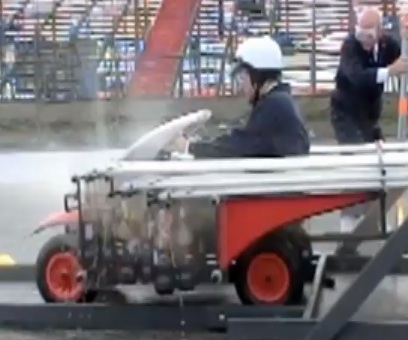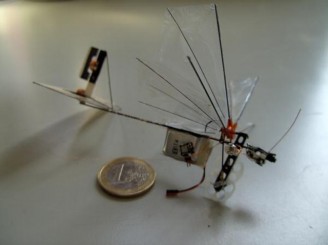
You may be aware of the rather explosive effect of combining Coke and Mentos – by simply putting these two tighter you can have an eruption that can shoot 20 feet in the air. But what if you were to combine 108 bottles of Coke and 648 Mentos? Well, the end result would be enough to create your own jet powered vehicle.
Actually this is a version 2 of the original design, which saw Mentos and Coke powered human transport using only 54 bottles of Coke Zero and 324 Mentos. But the video compares the two runs, and naturally you can imagine which one went the farthest. However, both reach traveling distances over 200 feet, a testament to creative engineering everywhere. You can find out more about their experiments on the eepybird website.
Another video, with more focus on the Rocket Car: Mark II
via Discovery
Mentos
Mentos is a brand of mints, of the "scotch mint" type, sold in many markets across the world by the Perfetti Van Melle corporation. Mentos was first produced in the Netherlands during the 1950s. The mints are small oblate spheroids, with a slightly hard exterior and a soft, chewy interior.
source:wikipedia



